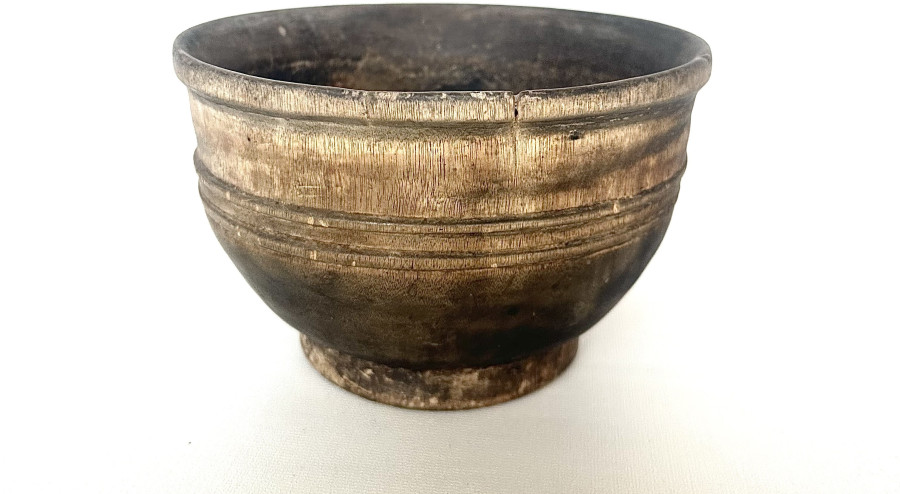- Institutes
- Pedagogical Institute named after E. Umetov
- Department of History
- Historical and Ethnographic Museum
Historical and Ethnographic Museum
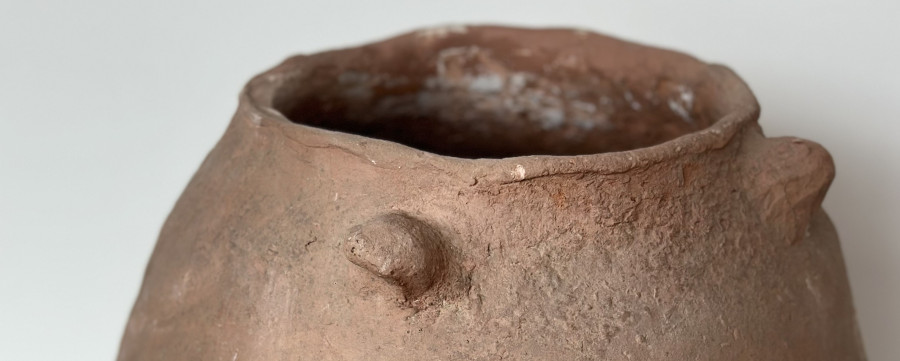
Historical and Ethnographic Museum JASU
About Us
The University History-Ethnographic Museum is a structural subdivision of Jalal-Abad State University. It is an institution whose purpose is to collect, preserve, research and popularize historical, cultural and educational values related to the activities of the university. We have collected and stored monuments of history and culture of the Kyrgyz people. Our collections serve as a scientific base for researchers and scientists.
History of the museum
Founding and opening
The museum began its activities in March 1982, and the occasion for this was the 60th anniversary of the USSR. First, on the initiative of university historian teachers, the museum was located on the first floor of the second dormitory as an office-museum based on historical and cultural objects found in the Jalal-Abad region.
Founders and directors of the museum:
1982-1993 Batyrbekov A.
1993-1998 Narmatov K.
1998-2003 Aidarkulov K.
2003-2007 Anarbaeva G.
2008-2010 Kambaraliev M.
2011-2023 Berdikhodzhaev K.
Since September 2023 Taychikov K.
During its development, the museum was moved to seven locations, facing various challenges in terms of location. In 2013, it was moved to the PMTF building. The area of the current location is 72 m².
Despite the narrowness of the premises, the museum is equipped with new seats, glass shelving, tables and chairs. The overall design of the museum was financed by the university, and the exhibits were decorated in a modern design style. Today the museum collection includes 167 exhibits, registered by type, and more than 300 storage units. Currently, collection of exhibits is being carried out by teachers, students and interested parties.
Objectives of the Museum
The main objectives of the Museum are:
- Collection, cataloging and preservation of historical and cultural artifacts related to the university and its activities;
- Conducting scientific research and organizing educational programs based on the Museum’s collections;
- Organizing exhibitions, events and cultural programs for students, university staff and the public;
- Popularization of knowledge about the cultural and historical heritage of the university;
- Cooperation with other museums, educational institutions and cultural organizations.
Currently, in the Jalal-Abad region there is not a single archaeological institution where citizens could turn in the event of the discovery of archaeological finds or cultural monuments. In this regard, one of the main goals of our museum is to act as an institution for receiving citizens.
Our location
G. Jalal-Abad . st. Baizakova 43., Faculty of Pedagogy named after. E. Umetova
Email for letters and requests:
taichikovkanatbek @ mail . com
Museum opening hours:
Monday, Tuesday, Wednesday, Thursday, Friday, from 09.00 to 17.00
Day off: Saturday, Sunday
Sanitation day: Last Friday of every month
Catalog of the Histori
cal and Ethnographic Museum of Jalal-Abad State University
Currently, our museum has archaeological and ethnographic collections. The museum's fund includes more than 300 items, of which 46 are archaeological finds.
Archaeological finds date back to all eras except the Stone Age of Kyrgyzstan.
The catalog of ceramic complexes in the Historical and Ethnographic Museum of Jalal-Abad State University includes a grouping of pottery products, divided into three categories depending on production methods, indicated by a numerical code. Within these categories, ceramic products are classified based on characteristics such as pottery skill, vessel formation, surface treatment, and firing method.
Ceramic finds from different eras of the history of Kyrgyzstan.
Bronze Age
Chust culture :

Iron Age
Sak ceramics:
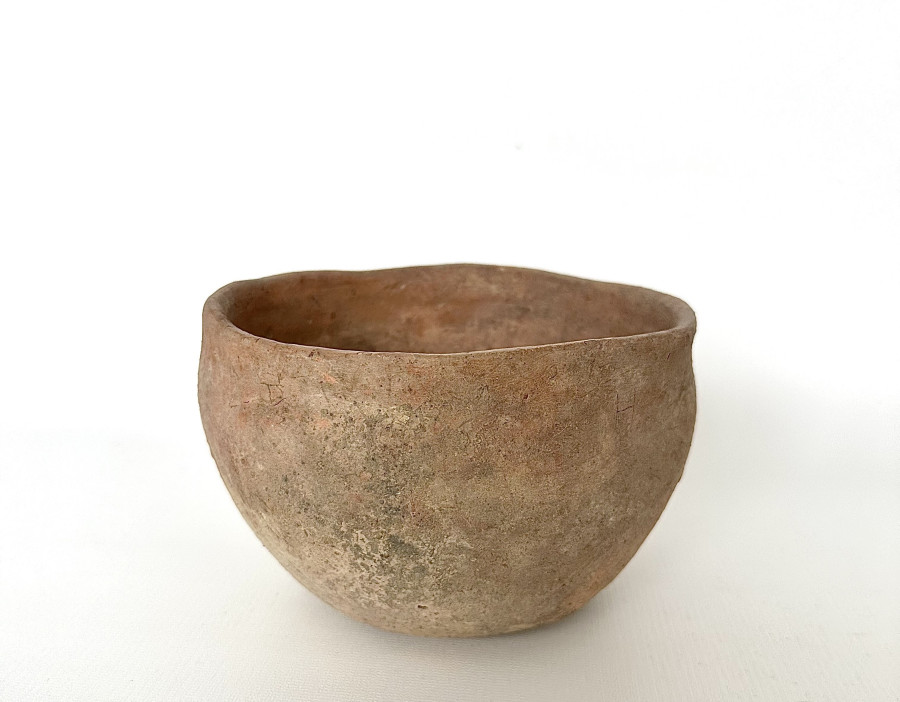
Ancient Age
Kushan ceramics:
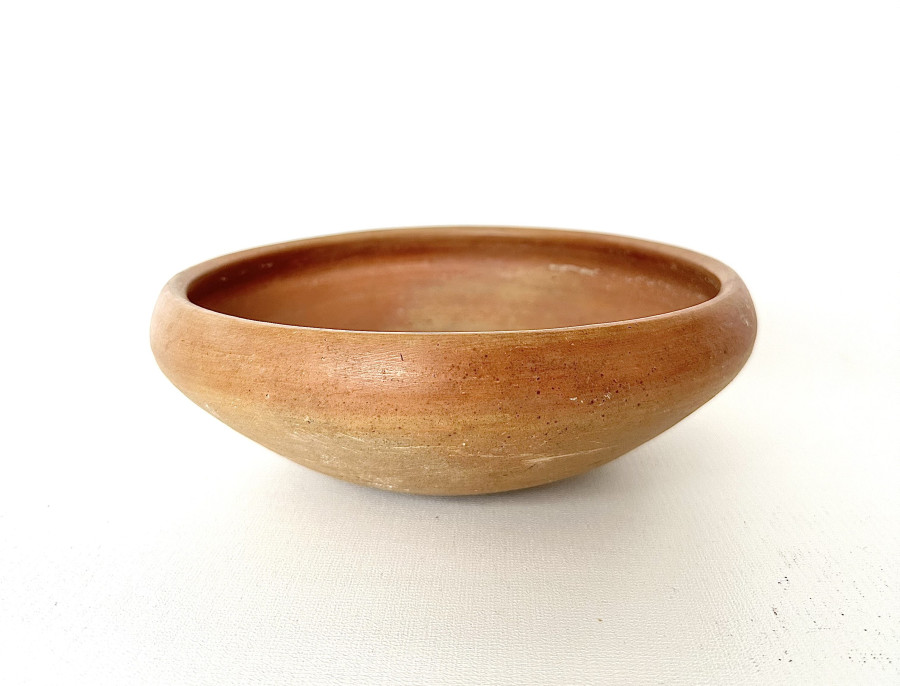
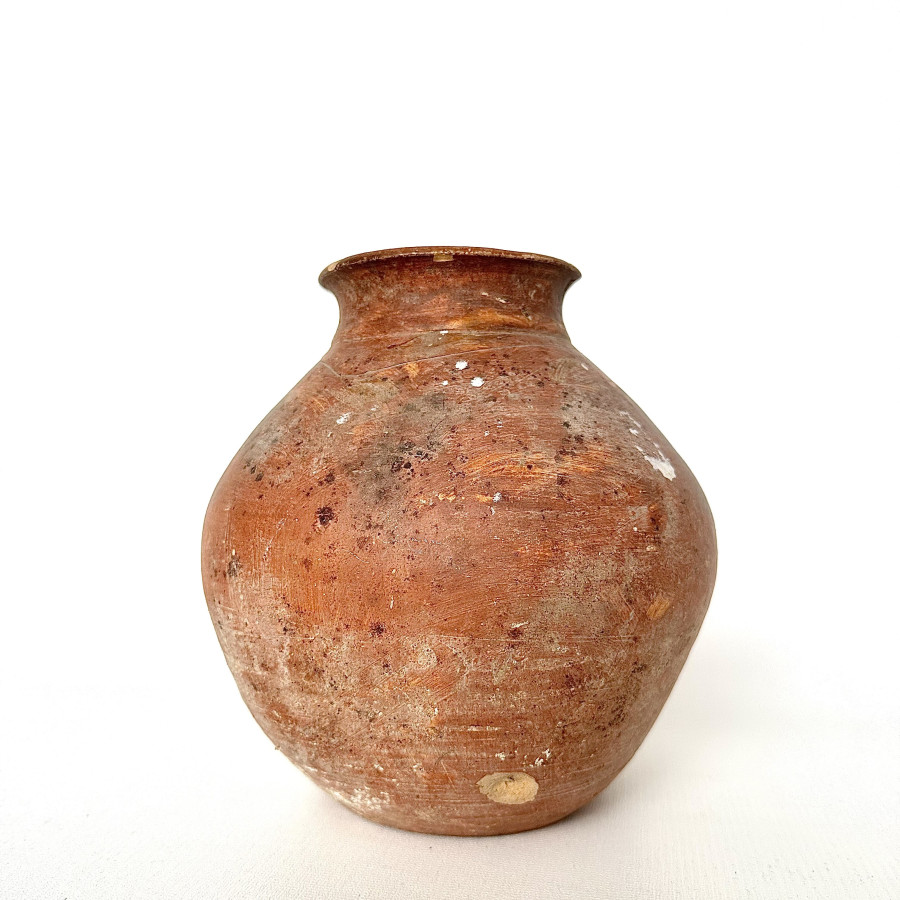
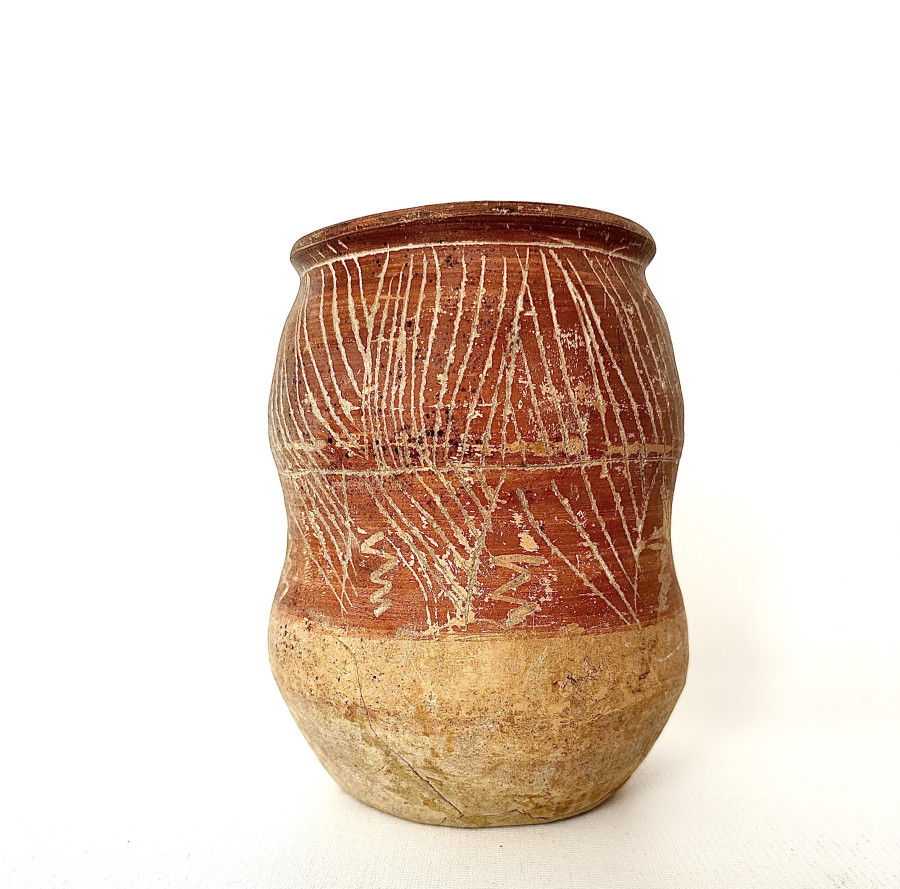
Ken- Kol ceramics
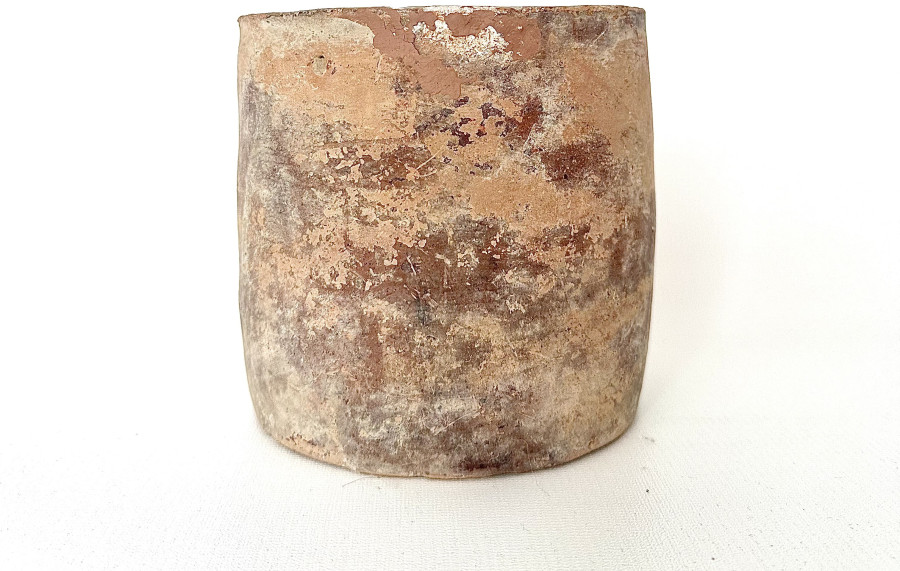
Middle Ages
Turkish ceramics :
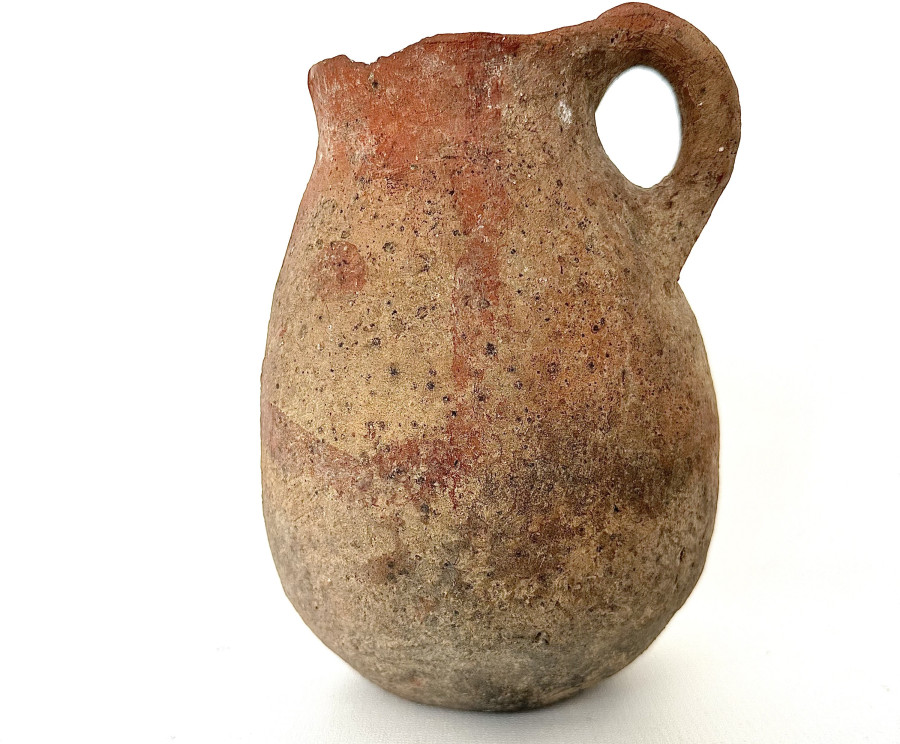
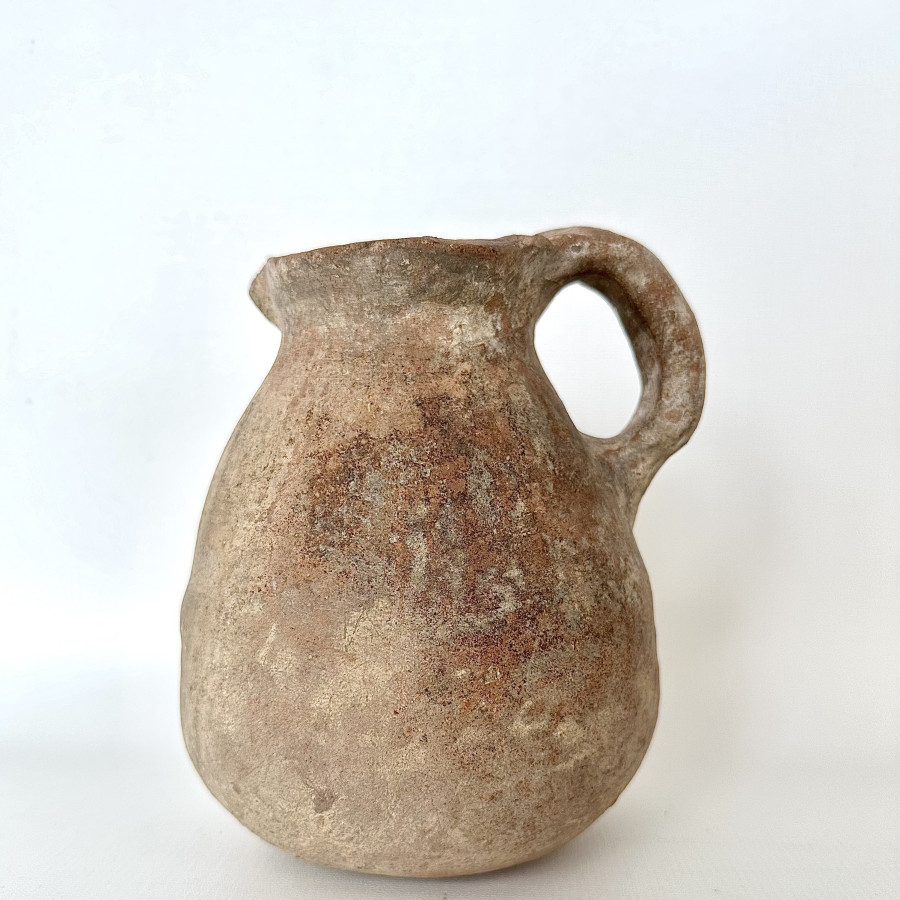
Sogdian ceramics:
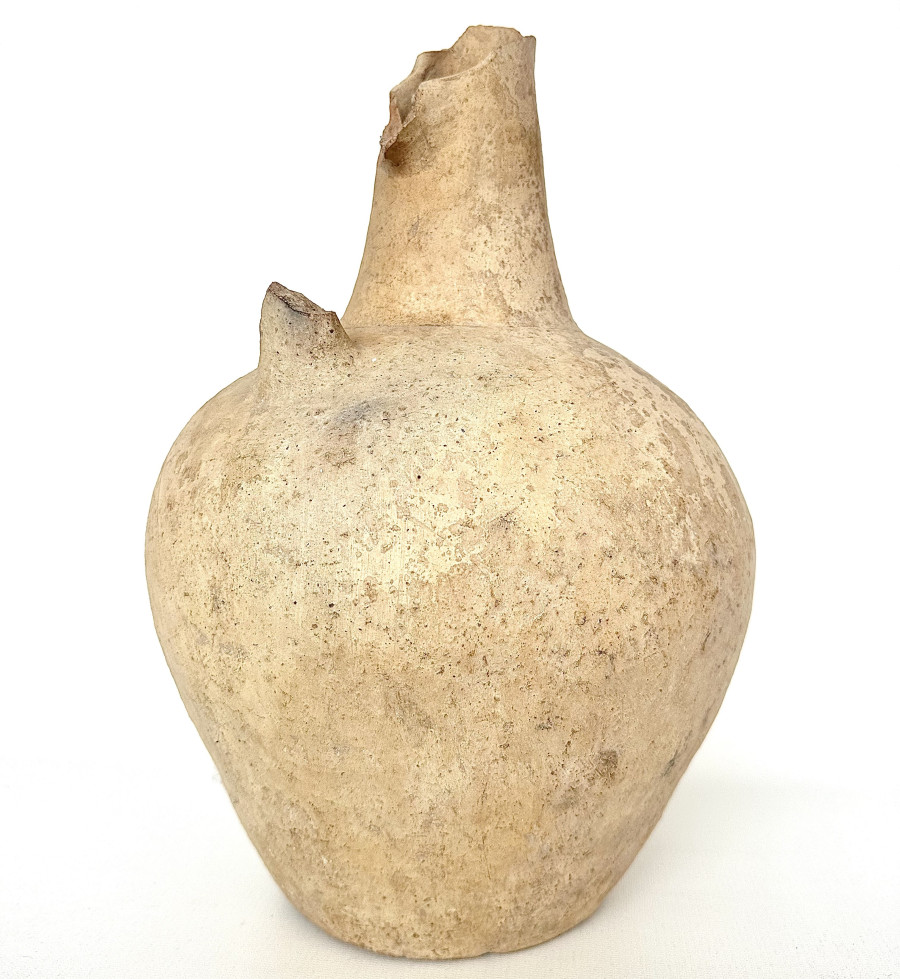
Karakhanidceramics :
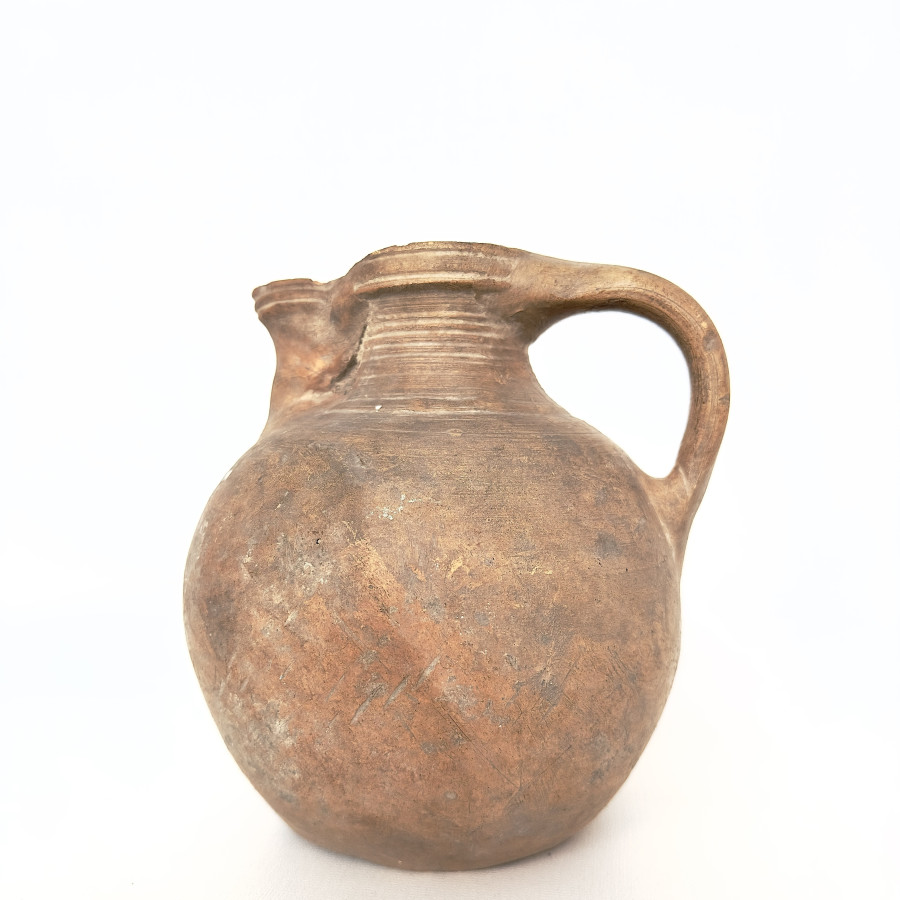
Timurid ceramics :
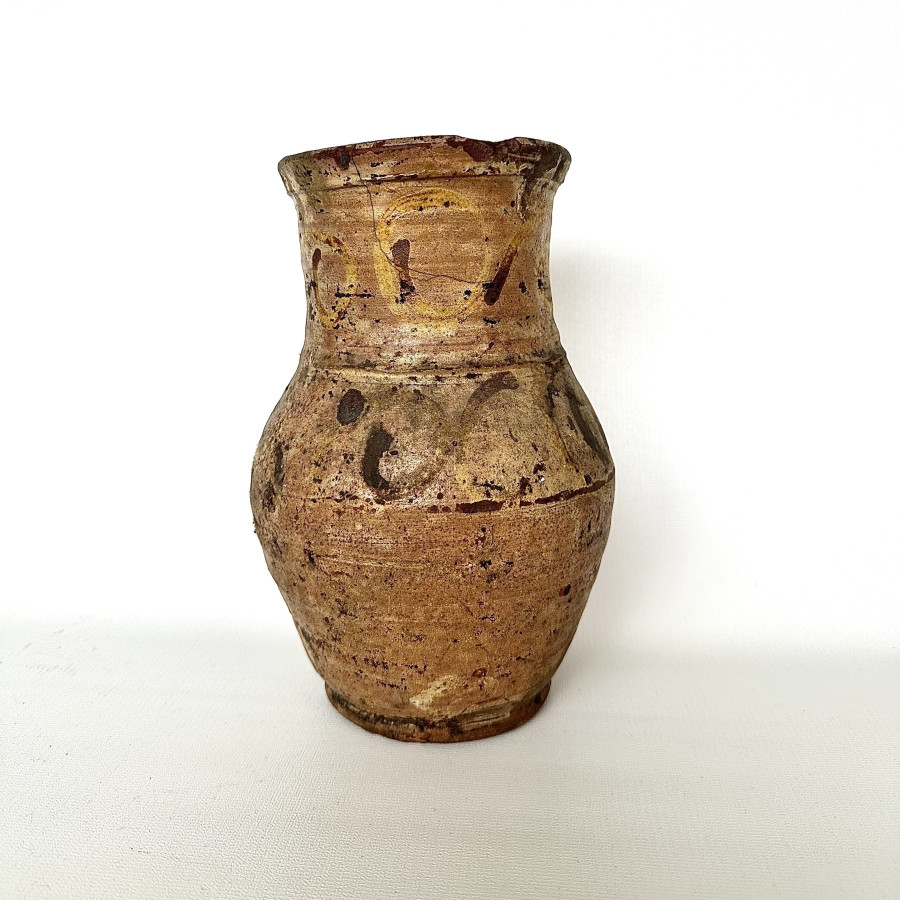
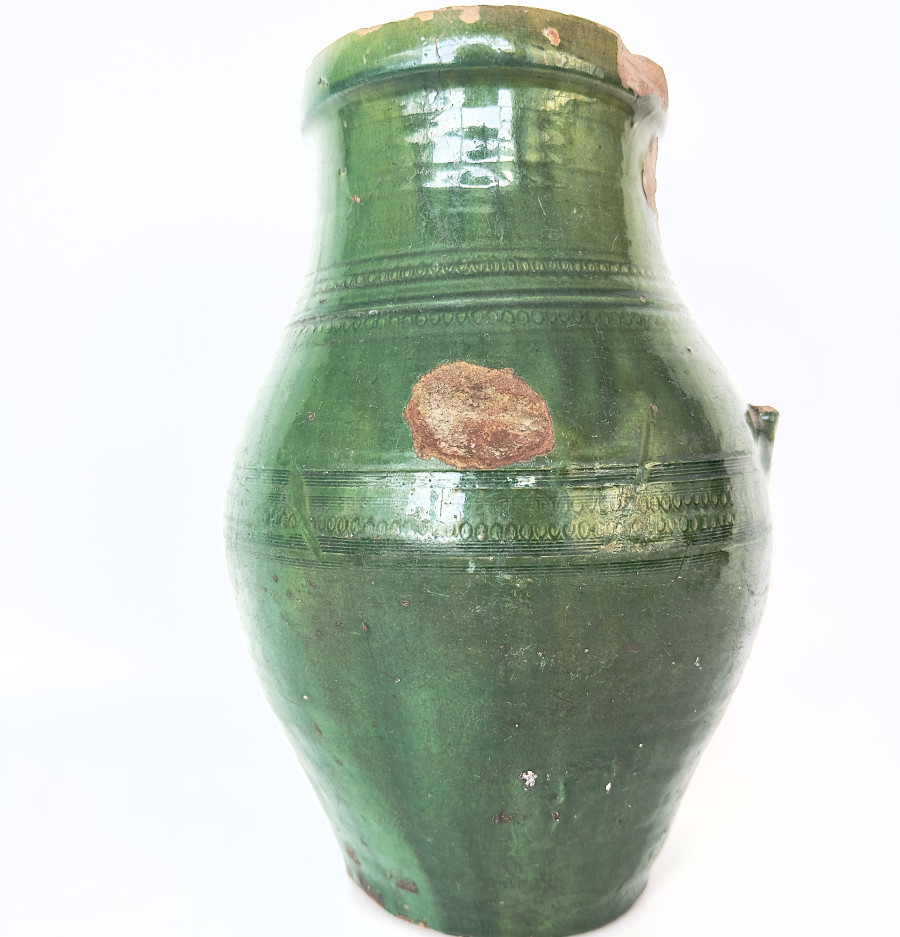
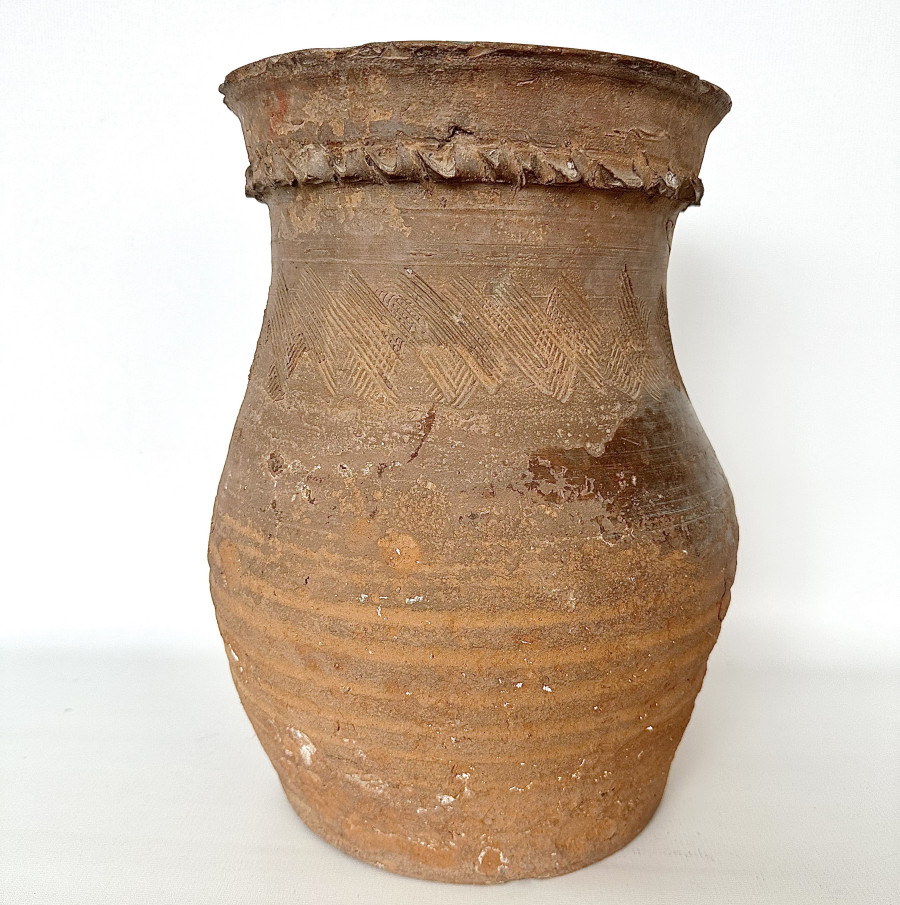
Ethnographic exhibits
Nomadic peoples, in their ancient history, preferred to use wooden utensils for several important reasons.
Wooden utensils are lightweight, making them lightweight and easily portable. For nomads, who often moved from place to place in search of pastures for livestock or suitable places for temporary settlement, this was a critical property. Wood was a widely available material in various climatic zones where nomadic peoples lived. This ensured simplicity and convenience in making tableware from local resources.
The use of wooden utensils was consistent with the principles of sustainable consumption. Nomads could easily obtain raw materials from the surrounding nature without causing significant harm to the ecosystem. Making wooden utensils did not require sophisticated tools or technology. In addition, if necessary, it was easy to make repairs or create new products.
Thus, the use of wooden utensils for nomadic peoples was a practical and functional choice, meeting their specific needs and circumstances of life in conditions of constant movement.
